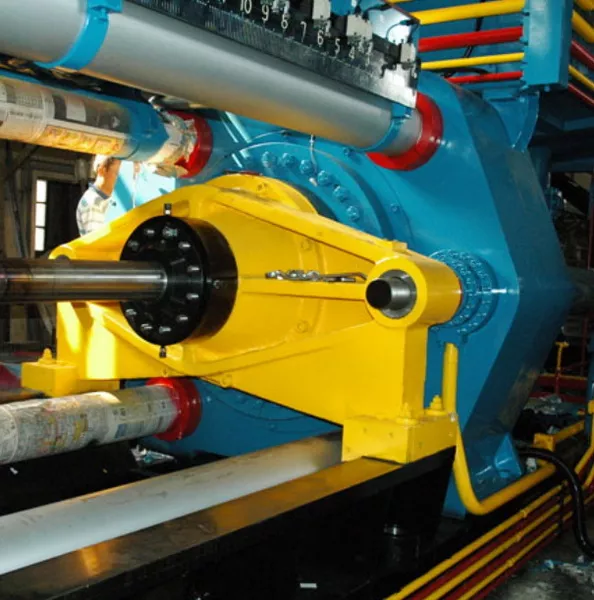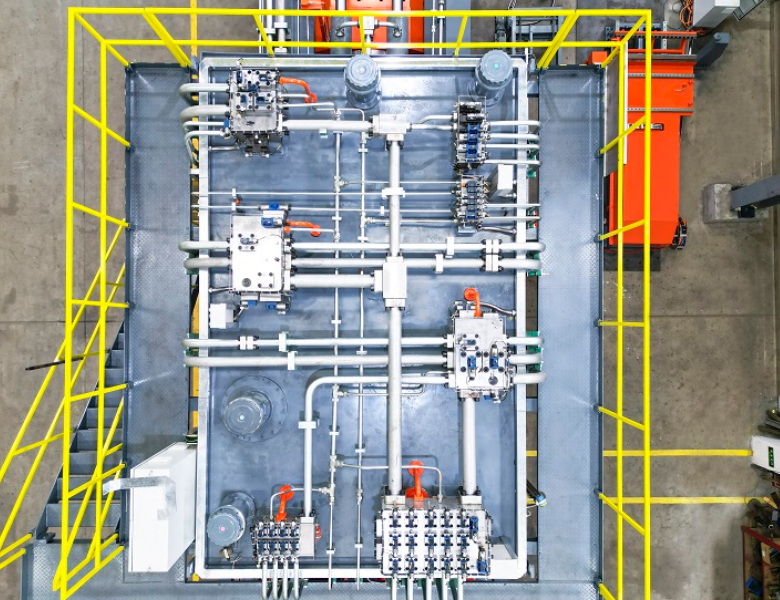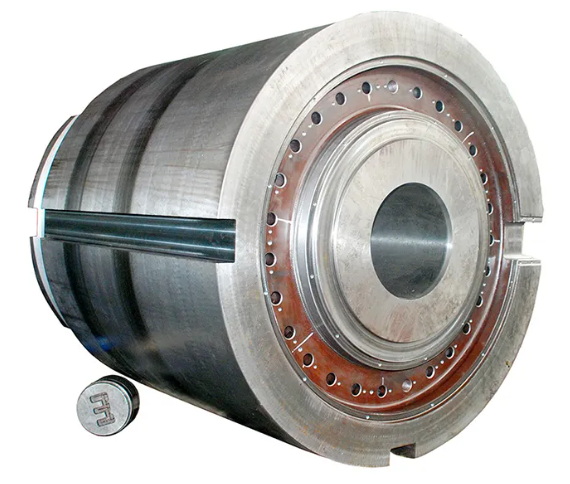Content Menu
● Understanding Aluminum Extrusion
>> Benefits of Aluminum Extrusion
● The Role of Press Brakes in Aluminum Extrusion
>> Types of Press Brakes
● How Press Brakes Work
>> Bending Process
● Factors Influencing Press Brake Performance
● Advantages of Using Press Brakes for Aluminum Extrusions
● Applications of Press Brakes in Aluminum Extrusion
>> Case Studies
● Maintenance Tips for Press Brakes
● Innovations in Press Brake Technology
● Conclusion
● FAQ
>> 1. What materials can be bent using a press brake?
>> 2. How do I determine the right die for my bending project?
>> 3. What is air bending?
>> 4. Can press brakes handle large aluminum extrusions?
>> 5. What safety measures should be taken when operating a press brake?
Aluminum extrusion is a widely used manufacturing process that allows for the creation of complex shapes and structures from aluminum. One of the key tools in this process is the "press brake", which plays a crucial role in bending aluminum extrusions into desired forms. This article will explore the various uses of press brakes in aluminum extrusion, their operational principles, and the advantages they offer.

Understanding Aluminum Extrusion
Aluminum extrusion involves forcing aluminum through a die to create long shapes with a constant cross-section. This process is favored for its ability to produce lightweight, strong, and corrosion-resistant products. Aluminum extrusions are utilized in a variety of industries, including construction, automotive, aerospace, and consumer goods.
Benefits of Aluminum Extrusion
1. Lightweight: Aluminum is significantly lighter than many other metals, making it ideal for applications where weight reduction is critical.
2. Strength: Despite its light weight, aluminum has excellent strength-to-weight ratios, allowing it to be used in structural applications.
3. Corrosion Resistance: The natural oxide layer that forms on aluminum provides excellent resistance to corrosion, enhancing durability.
4. Versatility: Aluminum can be extruded into a wide range of shapes and sizes, accommodating various design requirements.
The Role of Press Brakes in Aluminum Extrusion
Press brakes are essential in shaping aluminum extrusions after they have been produced. They allow manufacturers to bend and form the extruded aluminum into specific angles or curves that are necessary for various applications. The precision offered by press brakes is vital for ensuring that components fit together correctly in final assemblies.
Types of Press Brakes
1. Hydraulic Press Brakes: These utilize hydraulic systems to apply force and are known for their strength and versatility.
2. Mechanical Press Brakes: These rely on mechanical linkages and are typically faster but can be less powerful than hydraulic models.
3. Electric Press Brakes: These offer high precision and energy efficiency, making them increasingly popular in modern manufacturing environments.
How Press Brakes Work
A press brake consists of a bed (where the material is placed), a ram (which applies pressure), and dies (which shape the material). The process begins with placing the aluminum extrusion on the bed and aligning it with the appropriate die. As the ram descends, it applies force to bend the material around the die.
Bending Process
1. Setup: The operator selects the appropriate die based on the desired bend angle and radius.
2. Clamping: The aluminum extrusion is securely clamped in place to prevent movement during bending.
3. Bending: The ram descends, applying pressure until the material reaches the desired angle.
4. Release: Once bent, the ram retracts, allowing for removal of the finished part.

Factors Influencing Press Brake Performance
Several factors can influence how effectively a press brake operates when bending aluminum extrusions:
- Material Thickness: Thicker materials require more force to bend and may need specialized dies or settings.
- Bend Radius: The radius of the bend affects how much pressure is needed; tighter bends generally require more force.
- Die Design: The shape and design of the die play a critical role in achieving precise bends without damaging the material.
Advantages of Using Press Brakes for Aluminum Extrusions
- Precision: Press brakes provide high accuracy in bending angles, which is critical for components that need to fit together seamlessly.
- Versatility: They can handle various thicknesses and types of aluminum extrusions, making them suitable for diverse applications.
- Efficiency: With automated features, such as back gauges and programmable controls, press brakes can significantly reduce production time.
Applications of Press Brakes in Aluminum Extrusion
Press brakes are used across multiple industries due to their flexibility. Some common applications include:
- Automotive Parts: Bending aluminum extrusions for frames, brackets, and structural components.
- Architectural Elements: Creating custom shapes for window frames, door frames, and other architectural features.
- Consumer Products: Shaping parts for appliances, furniture, and electronic devices.
Case Studies
1. Automotive Industry:
In automotive manufacturing, precision is paramount. For example, an automotive company may use press brakes to create intricate brackets that hold components together within vehicles. The ability to achieve precise angles ensures that these parts fit perfectly during assembly.
2. Construction Sector:
In construction, aluminum extrusions are often used for window frames due to their lightweight nature and resistance to corrosion. Press brakes enable manufacturers to create custom shapes that fit unique architectural designs while maintaining structural integrity.
3. Aerospace Applications:
Aerospace manufacturers rely on press brakes to produce lightweight yet strong components necessary for aircraft assembly. Given the stringent safety regulations in this industry, precision bending is essential.
Maintenance Tips for Press Brakes
To ensure longevity and optimal performance of press brakes used in bending aluminum extrusions:
1. Regular Inspection: Check all moving parts regularly for wear and tear.
2. Lubrication: Keep mechanical parts well-lubricated to prevent friction-related damage.
3. Calibration: Periodically calibrate machines to maintain accuracy in bending operations.
4. Cleanliness: Maintain a clean working environment to prevent contamination that could affect performance.
Innovations in Press Brake Technology
Recent advancements have led to significant improvements in press brake technology:
- CNC Controls: Computer Numerical Control (CNC) systems allow for highly automated operations with programmable settings that enhance precision.
- Adaptive Bending Technology: This innovation adjusts parameters automatically based on real-time feedback from sensors during bending operations.
- Safety Features: Modern press brakes come equipped with enhanced safety features such as light curtains and emergency stop buttons to protect operators.
Conclusion
The use of press brakes in aluminum extrusion is integral to modern manufacturing processes. They provide manufacturers with the ability to create complex shapes with precision and efficiency. As industries continue to innovate, the role of press brakes will likely expand further, offering even more possibilities for aluminum fabrication.

FAQ
1. What materials can be bent using a press brake?
Press brakes can bend various materials including steel, stainless steel, copper, brass, and aluminum extrusions.
2. How do I determine the right die for my bending project?
The choice of die depends on factors such as material thickness, desired bend angle, and type of bend (air bending or bottoming).
3. What is air bending?
Air bending is a technique where only three points contact the material during bending; this allows for greater flexibility in achieving different angles.
4. Can press brakes handle large aluminum extrusions?
Yes, many press brakes are designed to accommodate larger materials; however, it's essential to select a machine with sufficient capacity.
5. What safety measures should be taken when operating a press brake?
Operators should wear appropriate personal protective equipment (PPE), ensure proper training on machine operation, and maintain clear communication while working near the machine.













